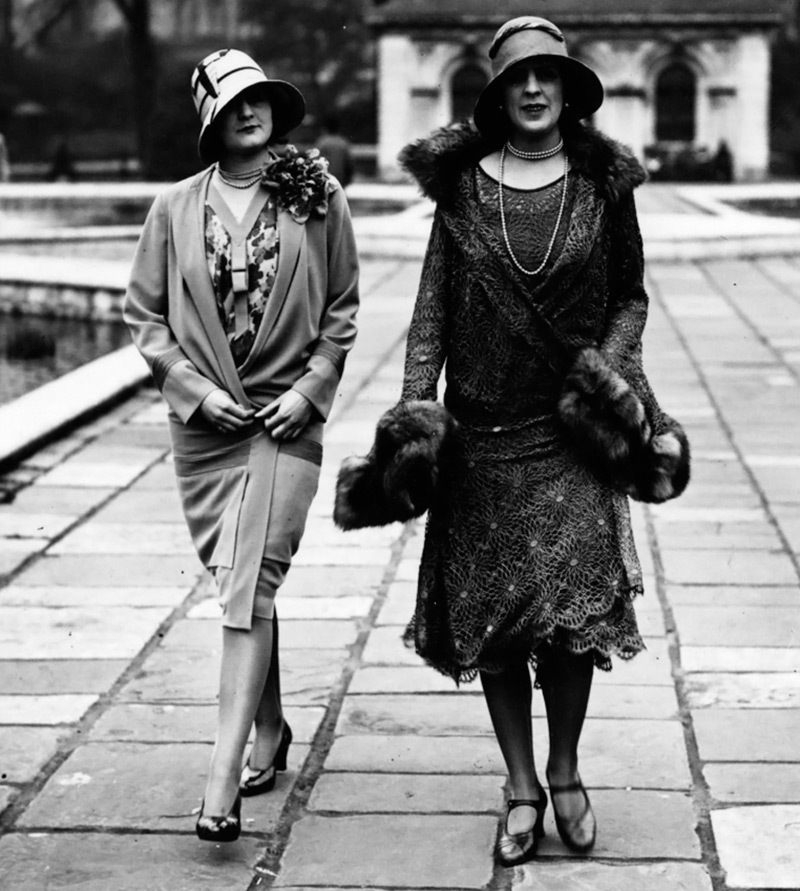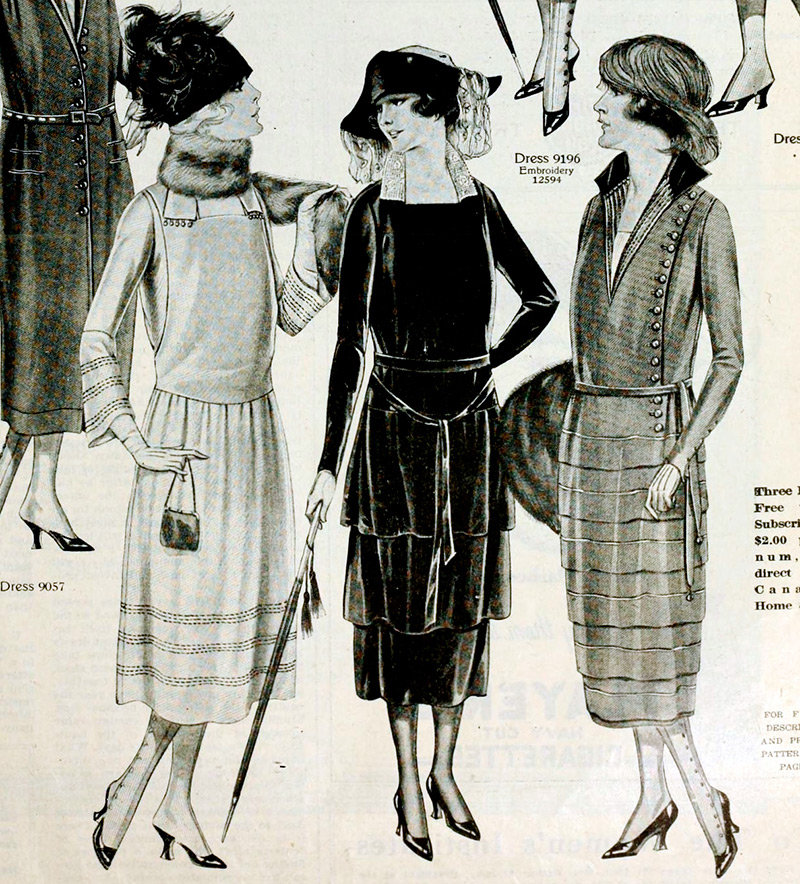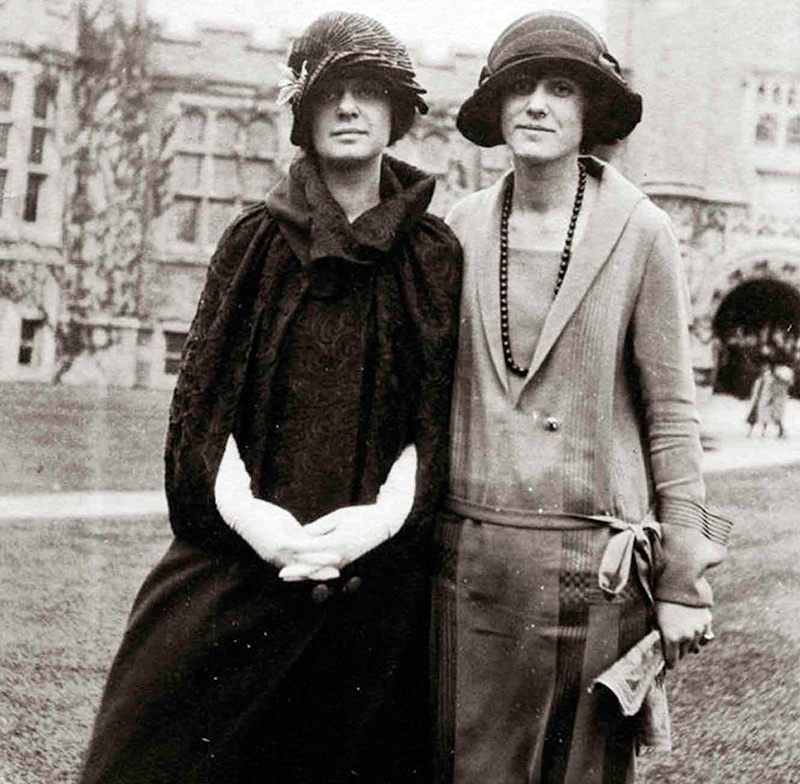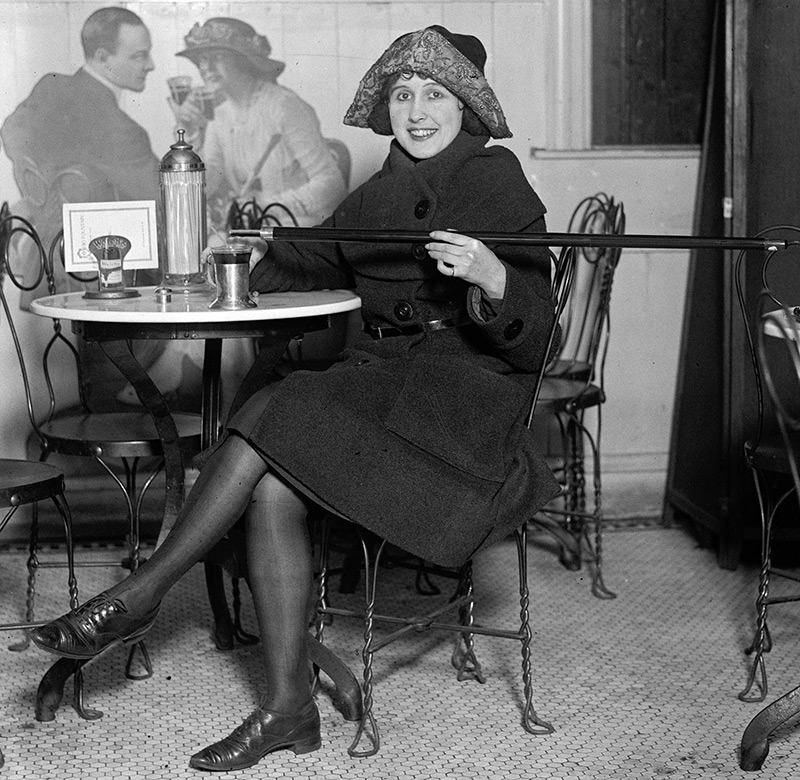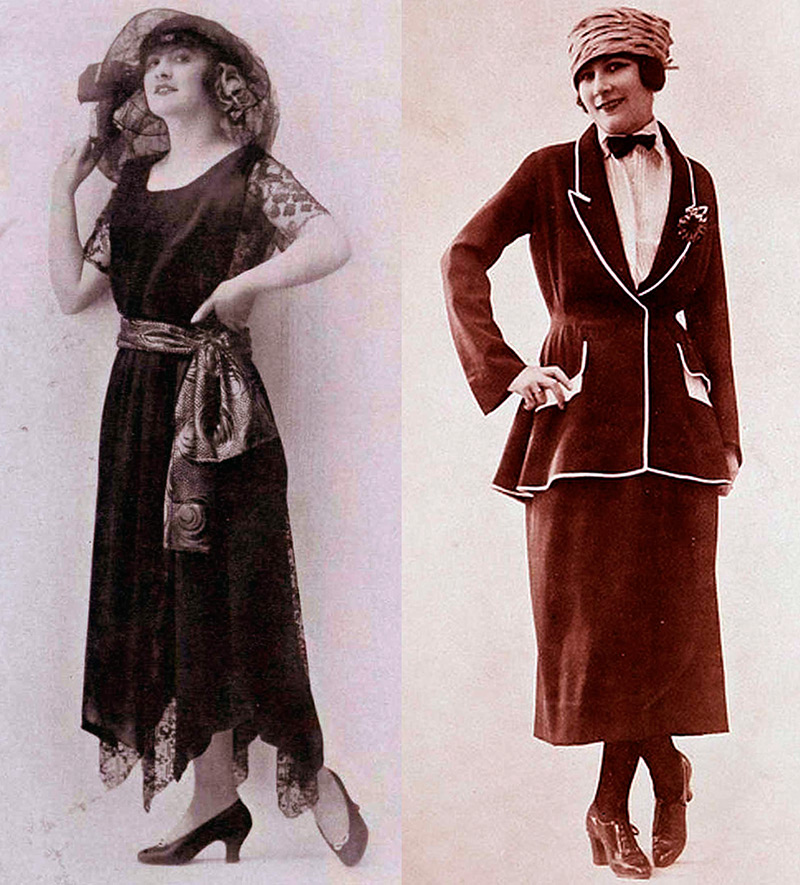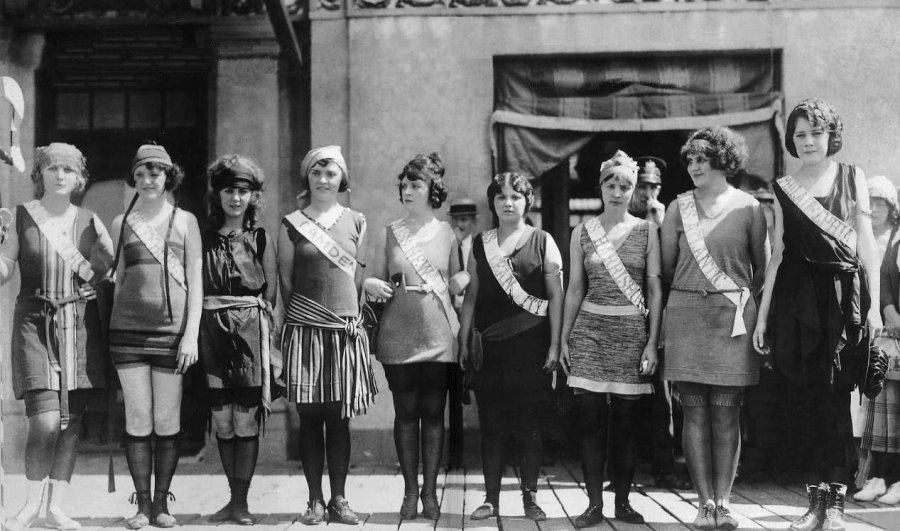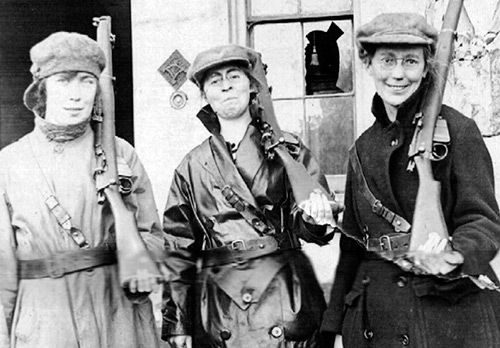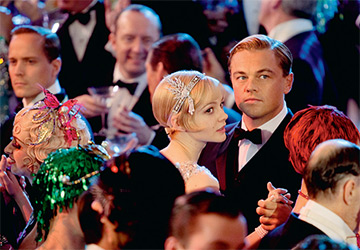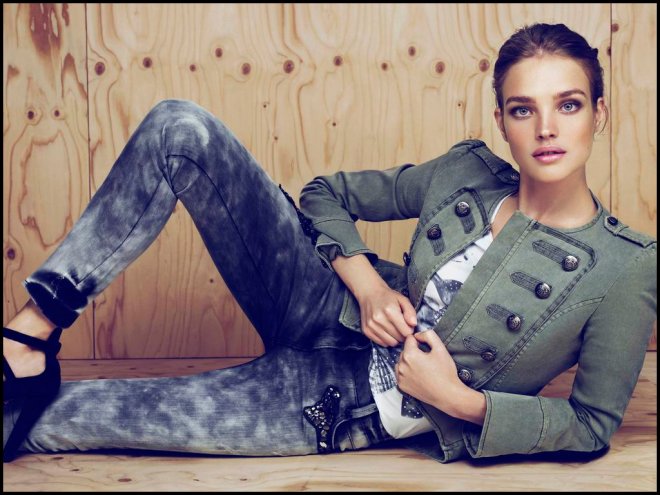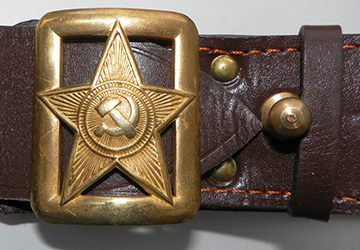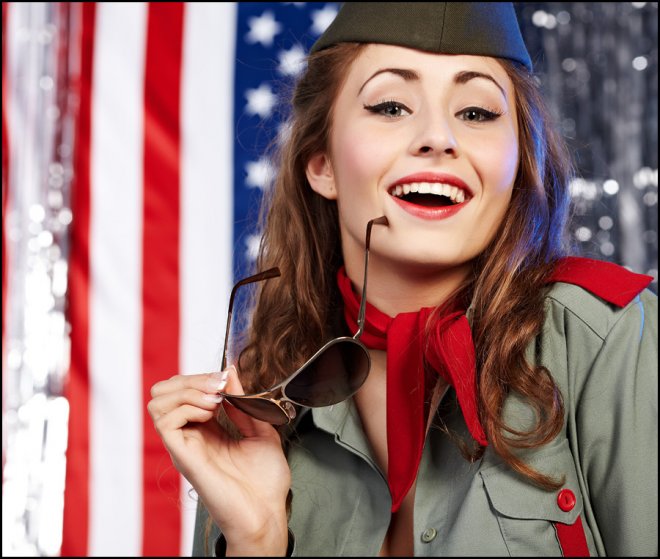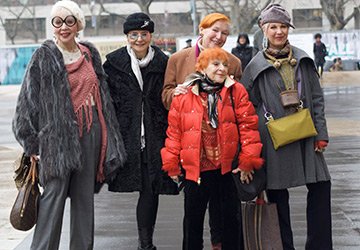Fashion history
Post-World War I fashion and style
In the period from 1919 to 1923, the search and formation of the costume continues. Although at this time there was no clearly expressed style, nevertheless, this period is of interest for its design of cut and shape of models. At the end of the period, the La Garconne style begins to take shape.
The war ended, people gradually began to understand that they were still alive, and life goes on, and those who remained crippled in soul or body only reminded of the tragedy brought by the war. The survivors no longer wanted to notice anything around them that makes one think, except for those poets who always notice everything and everyone around them ...
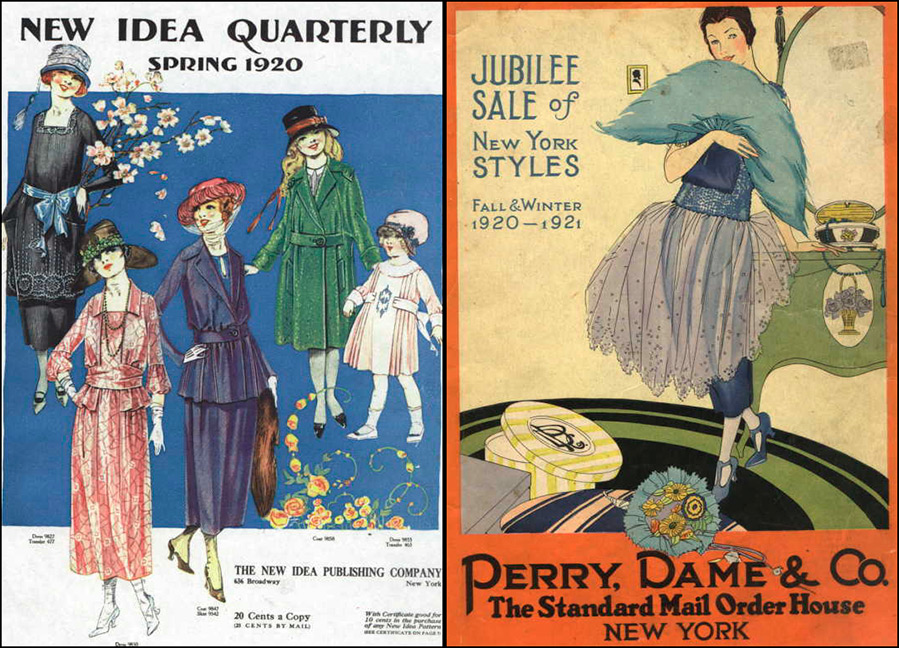
"I think:
How beautiful the Earth is
And there is a man on it,
And how many unfortunates with the war
Freaks and cripples now!
And how many are buried in pits!
And how many more will they bury! ... "(S. Yesenin)
But for the most part, people just wanted to enjoy life in all its manifestations, there was an uncontrollable thirst to have fun, dance until the morning, drink, eat, spend money, and finally, just yell and scream that you are alive ...
And what about fashion? Fashion, like time, goes on as usual, noticing all human affairs around, all the details, mistakes and misunderstandings ...
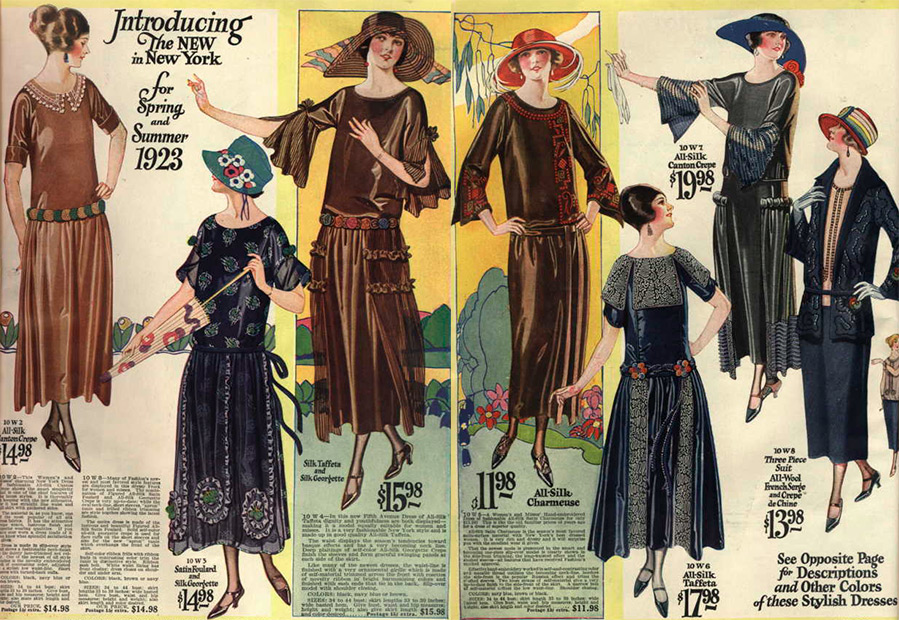
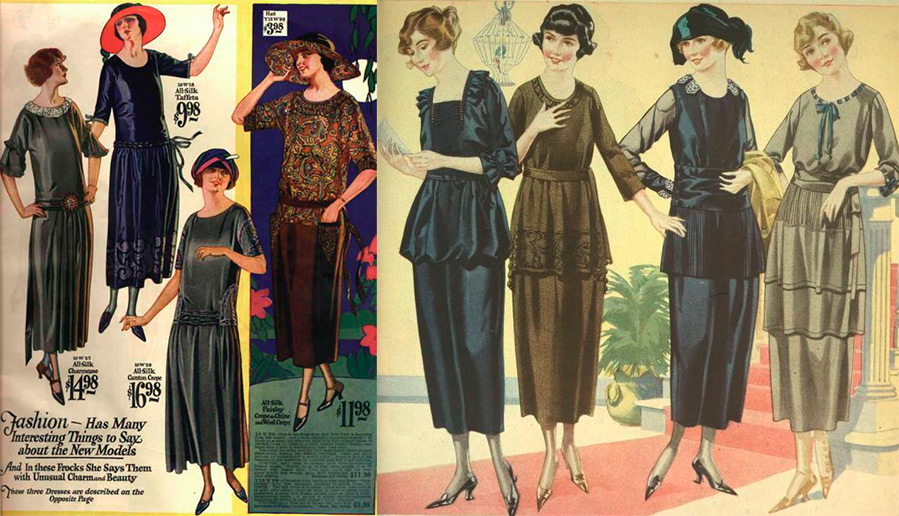
World War I is over... The costumes worn during the war showed the influence of the uniform. The changes in fashion were gradual. At the beginning of this period, women decided to take out their pre-war dresses, and fashion tried to return: dresses were lengthened, the belt, which was obligatory on military uniforms, raised the waistline slightly above the natural one, the volume around the hips increased, the silhouette was like a "spindle".
On the pages of fashion magazines, the same models that were in the pre-war style even flicker. But this lasted a short time. The length of the dresses became shorter and shorter, the volume expanded through the use of transverse frills, soft loose belts, gathered basses, tunics. Draperies, soft folded sashes, capes, jackets with tiered basques were popular.
However, Paris in 1919 - 1923. was a huge crowd of people of different skin colors, nationalities and clothes. And the crowd, like a flood, kept coming and coming. There were many immigrants from Poland, Lithuania, Ukraine, Russia, who mixed with the crowd of Japanese, Chinese, Argentines, Spaniards. Paris looked like a stage for a masquerade.
The French painter and sculptor Fernand Léger, who at that time adjoins a new direction, cubism, wrote about this masquerade: “A strange sight was a collection of human individuals, which included representatives of almost all countries of the globe. The cut, color, form of clothing complemented the uniqueness of this picture, a bit reminiscent of a music hall performance ... ”.
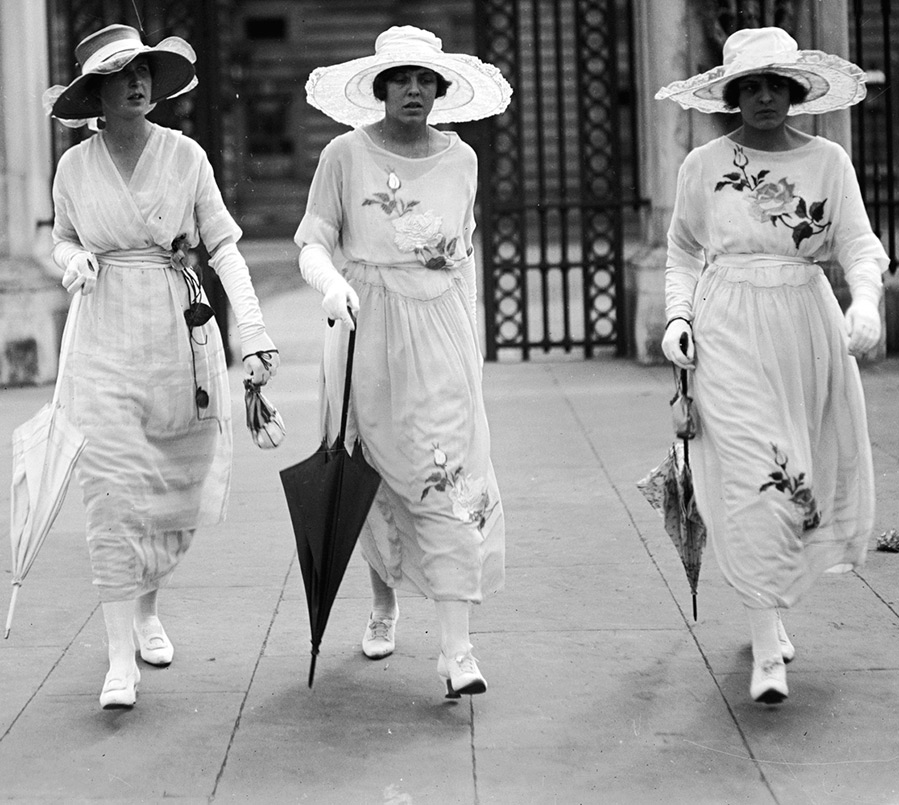
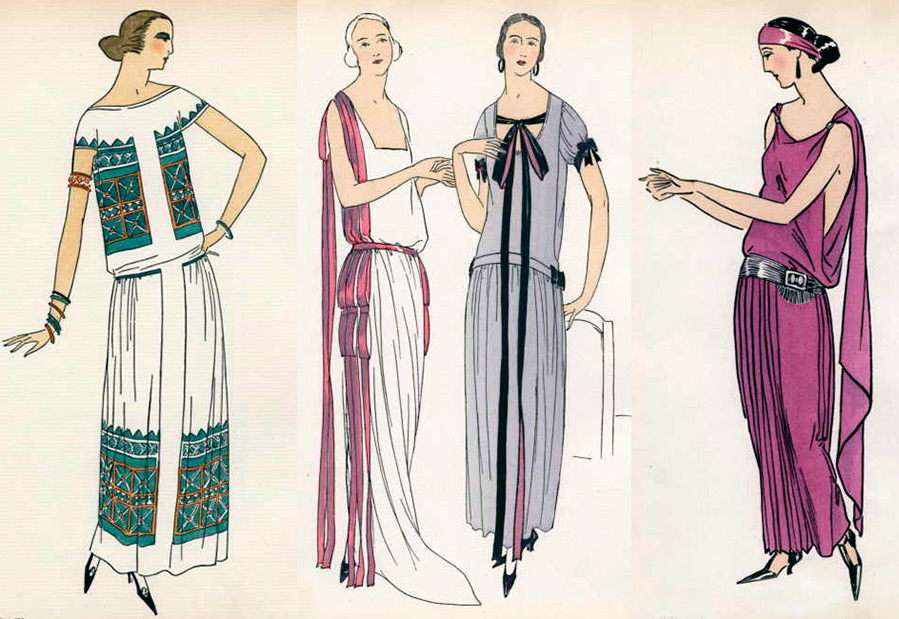
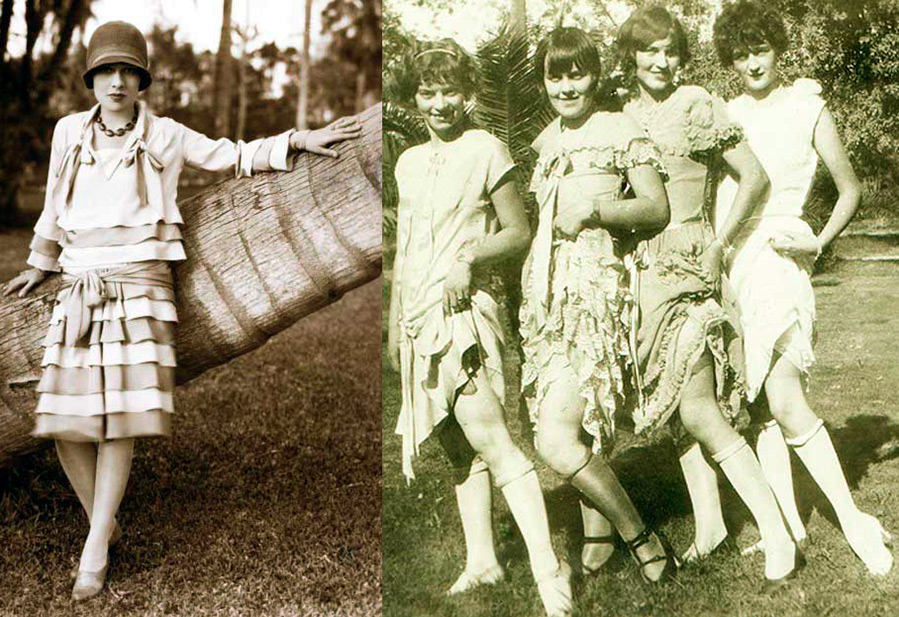
Fashion begins to get carried away by the exotic, and this was facilitated not only by the appearance of the Japanese and Chinese, but also by the Russian ballet, which brought with it fantastic orientalism, national traditions of the East, culture Ancient egypt and Africa, Russian national motives. Kimono, oriental embroidery could be seen not only in evening dresses, but also in night pajamas and dressing gowns intended for tea drinking.
Russian immigration, which, by the will of fate, turned out to be outside of their homeland, had a significant influence on fashion. The fierce war on the scale of the entire vast Russia was the result of the split in Russian society, which led to revolutions and the fall of the monarchy. Many thought they were leaving for a short time, but it turned out - forever.
The largest Parisian fashion houses considered it an honor to hire Russian models who were of high origin, had great manners, elegance and taste, and, in addition, an exceptional appearance.Some of the Russian émigrés opened their own fashion houses. Paris saw Russian embroidery, appliqués, hemstitching, sewing with beads, the beauty of Russian fur, how to wear which, only Russian beauties could show.
Models with elements of Russian national dress appear in Parisian magazines. In special editions for tailors, designs of the cut of Russian suits are placed. For example, a suit with a long, slightly below the knee, semi-fitted jacket with an asymmetric fastening, a stand-up collar and a skirt slightly widened downwards.
In addition to the Russian style, the Hungarian style was also widespread at this time, especially outerwear. Strict straight cut of the coat with side slits and set-in sleeves ending in curly cuffs. A special feature is the long and deep armhole, reaching almost to the hip line and resembling a kimono.
Chanel develops its activities, creates bright models of Madeleine Vionnet, Paul Poiret tries to return.
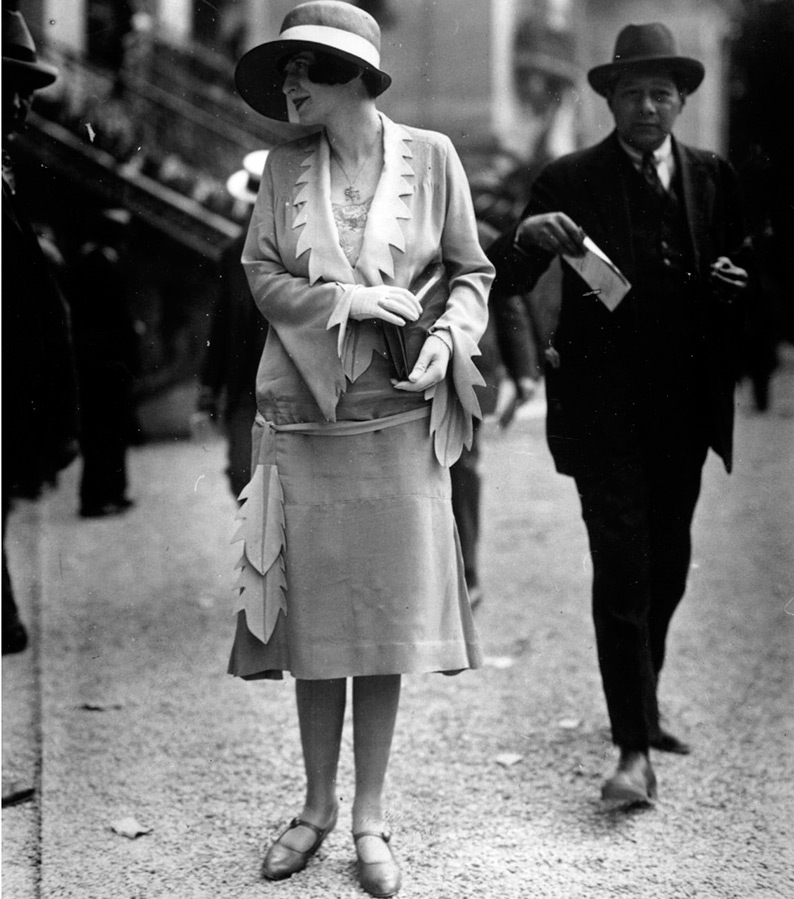
Fashion 1919 - 1923 was a search for new means of expression and a new image. During this period, a cut with a "drooping" silhouette is more evident - blouses hung loosely on the shoulders, they were often worn out, hung with many skirt frills, short and wide sleeves, trains, shawls and scarves hung. The clothes were so spacious that they completely masked the outlines of the figure and created the effect of a "hanger". This effect was further enhanced by the use of soft tissues.
Fashion developed slowly, gradually rounded and voluminous forms disappear, peplum and tunics, double skirts and gathers disappear, the silhouette narrows downward or becomes straighter, the waist drops to the hip line. Many creations were then heralds of a new shirt style (robe de chemise).
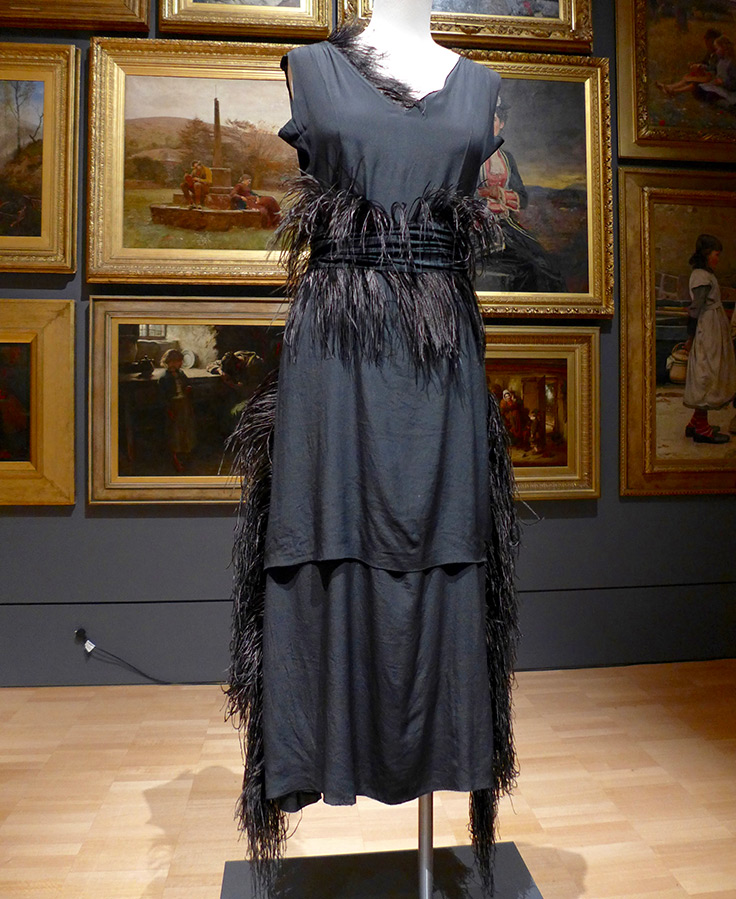
Fashion is starting to simplify. There were attempts among fashion designers to stop the process of simplification of fashion, but it turned out to be irreversible. A new A la Garcon style begins to take shape. In 1922 Jean Patou creates dresses, the shape of which is the future of fashion. Fashion was preparing for the next period - a la garconne
Comments and Reviews
Add a comment
Rating news
Shades of clothing that make women look younger
What shades of hair make women younger: rules and photos
Funny wedding dresses - photos and ideas
12 most expensive down jackets for the winter
How to look 25 at 40: tips from supermodels
Beautiful schoolgirls
Anti-aging haircuts and hairstyles for women
Fashionable skirts for autumn and winter
Fashionable women's trousers for the cold season
Fashionable and stylish sandals for summer 2024
Spring-summer 2024
 Fashionable dresses and tops with thin spaghetti straps
Fashionable dresses and tops with thin spaghetti straps
 Bandana tops: how to wear stylishly and beautifully
Bandana tops: how to wear stylishly and beautifully
 How to put together the perfect men's wardrobe for the summer
How to put together the perfect men's wardrobe for the summer
 Fashionable shorts for spring-summer 2024
Fashionable shorts for spring-summer 2024
 Fashionable skirts for spring-summer 2024: a guide to online shopping
Fashionable skirts for spring-summer 2024: a guide to online shopping
 The most fashionable dresses spring-summer 2024: styles and colors
The most fashionable dresses spring-summer 2024: styles and colors
 Fashionable total look 2024: ideas of images and trends
Fashionable total look 2024: ideas of images and trends
